I had mentioned in an earlier post that I sat on several business-oriented panels at the World Science Fiction Convention, but I also participated in a panel titled “Collecting Art: Having Something Unique in an Age of Mass Production.” Convention panels tend to be freewheeling rather than tightly organized and always include a lot of asides, particularly when members of the audience pitch in with questions and opinions, so of course we strayed a bit from the original topic. Dr. John Tibbetts, Edie Stern, and Robin Wayne Bailey. were my fellow panelists and here are a few of the extremely random things discussed.
- I was asked what was my first original art purchase: it was a John Severin Kull drawing (John was illustrating the Marvel comic with his sister Marie) followed by a Conan drawing by George Barr…41 years ago. I still have them both (and they’re shown above).
- People often tend to be intimidated when they think about buying art, whether an original or a print. They don’t know how to start, aren’t sure what’s a fair price and what’s excessive, and are nervous about being embarrassed (or taken advantage of) by more knowledgable collectors or galleries. Somehow there’s an impression that there’s a “right” or “wrong” way or object to collect—and, of course, there isn’t. There are no rules or protocols and when it comes to prices (or market value), it’s a matter of watching auction results, comparing prices for works offered online by artists and dealers, and paying attention to what sells and what doesn’t at gallery shows (and for how much). You can spend lavishly or frugally; buying prints makes you an art collector just as much as someone who purchases drawings or paintings. Art of any sort in any form merely being “unique” or “one-of-a-kind” never ensures importance, value, or customer interest: there are lots of crummy “unique” artworks in the world. A Class System for collectors exists only in the heads of a few stuck-up nincompoops. Edie suggested Heritage Auctions as a great place to get your feet wet and someone in the audience also suggested Every Day Original (they beat me to it).
from the artists, like Phil Hale’s “Constantine” painting on the left and
- When making your first art purchase, it’s advisable to do so at an art fair, convention, or gallery, in other words someplace where you can stand in front of the work and see the craft employed and feel the emotional effect first hand. Print catalogs and viewing online are fine, particularly after you’ve gotten some experience under your belt, but for your first few acquisitions it’s always best to get up close and personal so that you’ll know exactly what you’re buying. And if you can meet the artist and make a connection, all the better.
- Art is a terrible investment…except when it isn’t. There will always be art speculators, hucksters, and opportunists, but there’s no way to predict what will actually increase in value and what will go down. There’s never a guarantee. As one generation replaces another, art that was once popular and in high demand can become “old fashioned,” clichéd, boring, unwanted, and passé. There are many artists who were stars in the past but are largely forgotten today and whose works are ignored (if not discarded). But sometimes—as in a Stephen King story—they come back. The late collector Charles Martignette acquired the majority of his vast collection (featuring Dean Cornwell, Howard Chandler Christy, Gil Elvgren, etc.) for extremely modest sums—usually in the few-hundred-dollars range—when nobody else wanted the art. When his collection was liquidated in a series of high-profile auctions following his death certainly not everything sold for much (it was a big and eclectic pile of art after all), but there were many that hammered at 1000 or 10,000 or even 100,000 times his original purchase price. You can never know what will happen in the months or years ahead so the best rule of thumb is to always buy what you love and can afford: don’t plan on it to appreciate in value. In the unlikely event it does, consider that as unexpected icing on the cake.
- Whenever possible, buy art directly from the artists: your support allows them the time to create more art. Win/win.
- Prices to commission art from a well-known artist can often be significantly higher than buying a pre-existing work (say a book cover or magazine illustration). That doesn’t necessarily mean that the commissioned work can be resold later to another for the same amount or more: probably the opposite will happen. You’re paying for the artist’s time and you’re paying to get something that you have a personal interest—an emotional investment—in, but beyond that so much depends on the work itself—the subject, the execution—and the artist’s standing when the secondary market comes into play. If you want to pay someone $20K to paint you riding naked on the back of a purple tiger, go for it…just don’t expect someone else to cough up the same amount when you or your heirs offer it for sale. (Unless, of course, you look great naked and purple tigers are suddenly in vogue.)
- Traditional genre collectors often express prejudice against digital artworks as well as other forms of methodology (such as painting over prints or 3D printing). Traditional art and approaches will always be created and have supporters, but the negative attitude toward digital art will most definitely disappear as the medium continues to evolve—and there’s no saying what will come along in the coming decades that will make computer art as “unique” and “rare” as their traditional counterparts. Instead of some sort of “threat,” digital art will be appreciated and collected in its own right in the future.
- We’re all just curators of what we collect: sooner or later it all passes into other hands (barring fire or flood) and, when it happens, the influx can have both positive and negative effects on prices. There’s a lot of artwork “out there”—and more being created and sold every day—and virtually all of it will be sold at some point.
- We were asked about our “dream piece,” something we’d love to have if we had unlimited cash to spend. I think Robin wanted the cover to one of his books (sorry that I don’t recall which or by whom), Edie mentioned, I believe, a Chesley Bonestell astronomical painting, John would want the Frank Schoonover cover for A Princess of Mars, and me? “Bran Mak Morn” by Frank Frazetta, of course. Anyone have an extra $450,000 they can loan me to pick it up?
If anyone took anything away from the panel I hope it was this: Don’t let anybody tell you what to like. Don’t let anybody sneer at you for what you take pleasure in. Your taste in art—the artist, the subject, the style, technique, or form they’re showcased in—is a reflection of you and your interests and is all that matters. Don’t be intimidated by any pretentious posturing or prattle by others. Everybody else can go hang as long as what you collect , what you love, makes you happy.


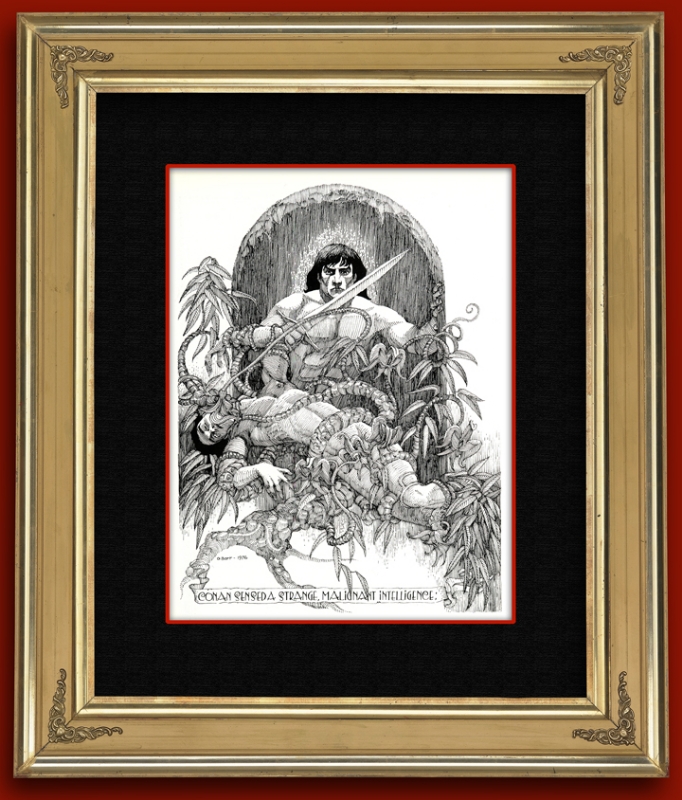
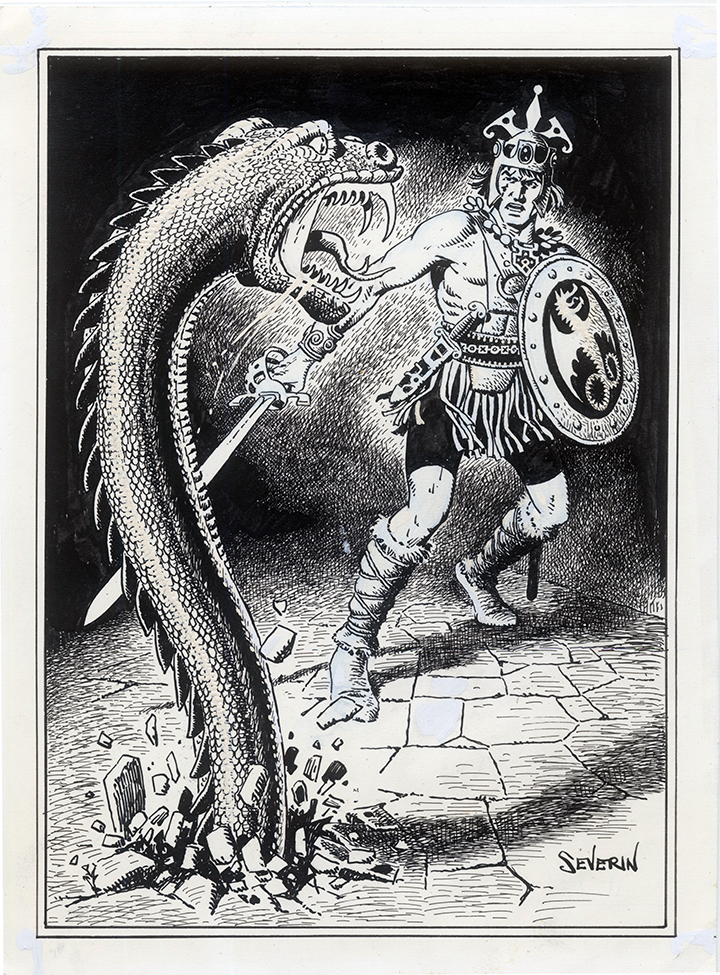

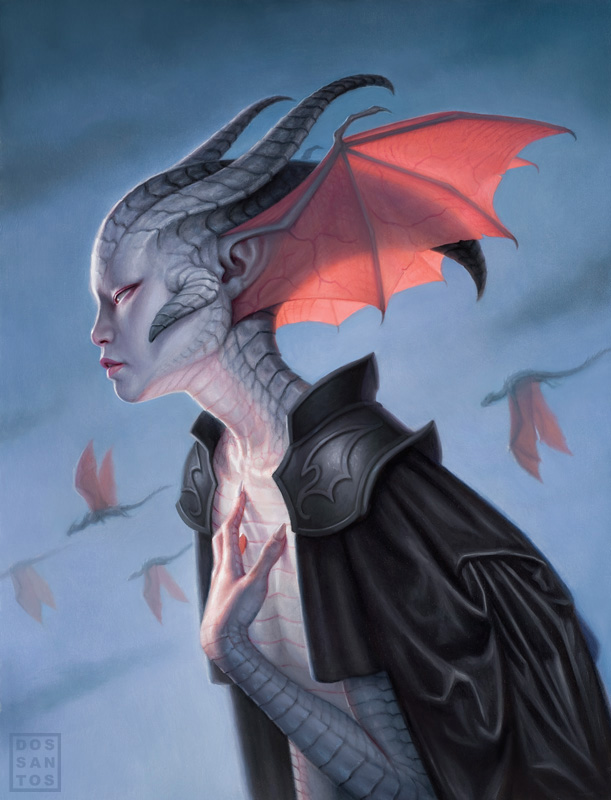
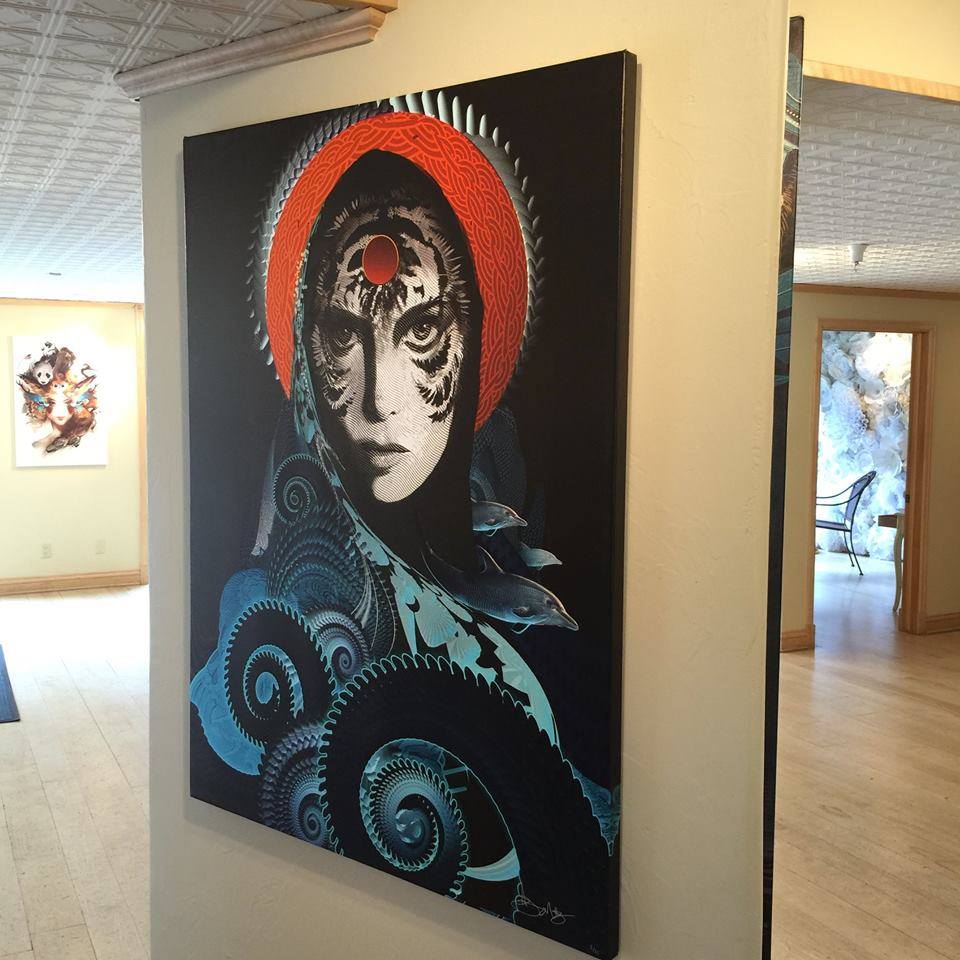
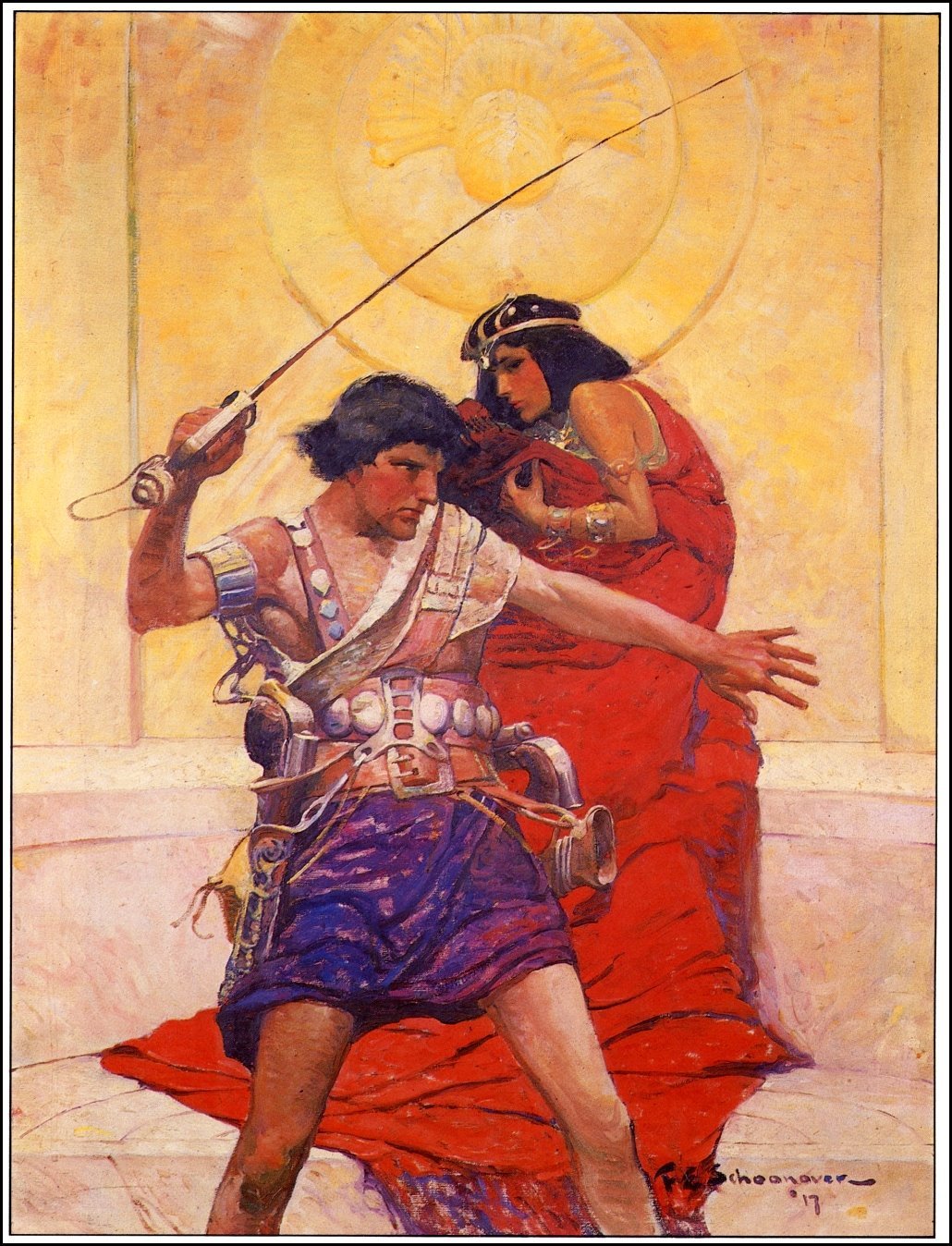
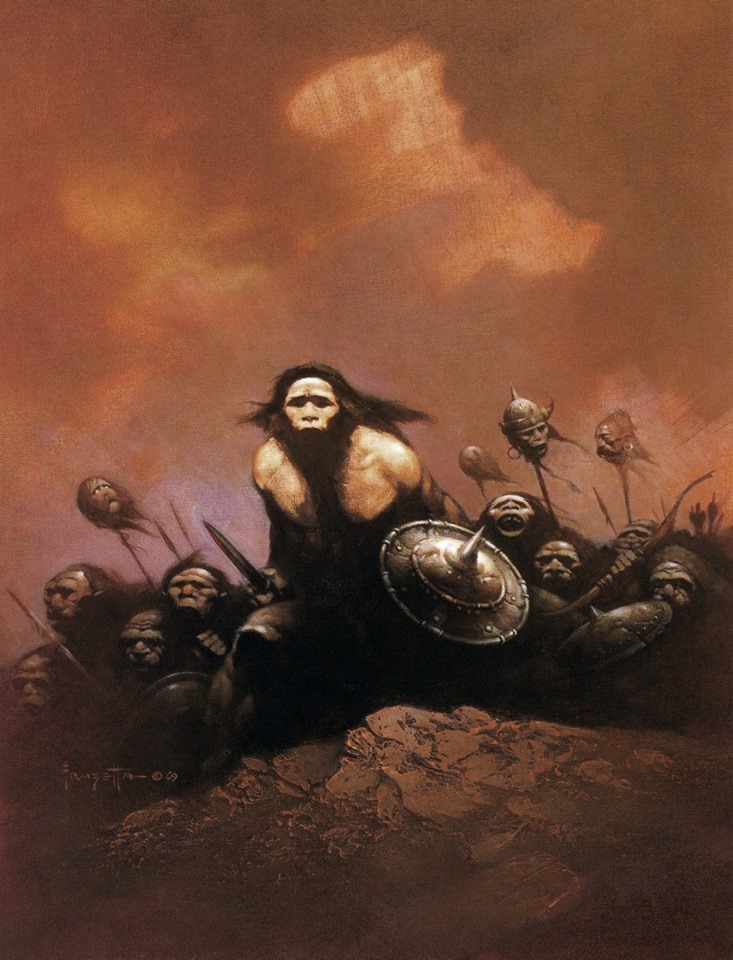
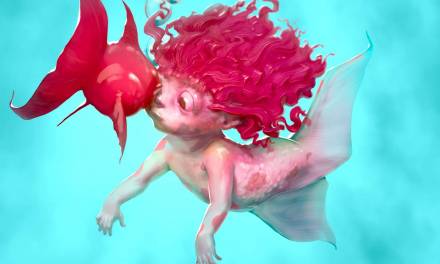
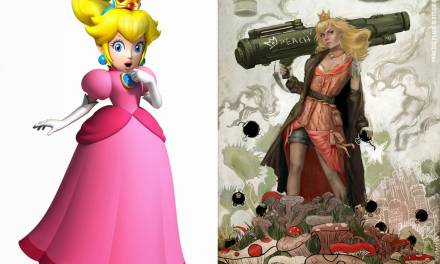
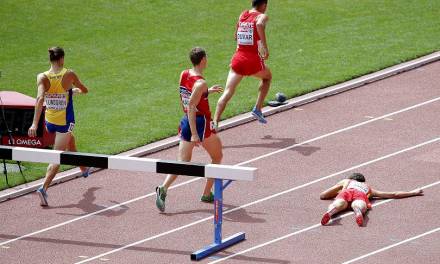
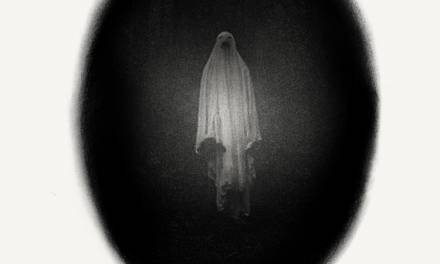
Cool topic!
Collecting art is incredible fun, be it prints, books or originals. Own a few in each of those categories myself and if they speak to your heart, the asking price is soon forgotten.
Bought a watercolor landscape which was painted in 1917, so its faded quite a bit, plus it doesn't have any dragons in it, so my friends don't like it, but I do and it brings me joy almost every day. Will raise a glass to its 100th birthday next year!
Have not had the chance to buy from an artist directly, but will keep searching for the opportunity.
Since a lot of artists read this blog, something that could be mentioned as well is doing art-swaps with other artists.